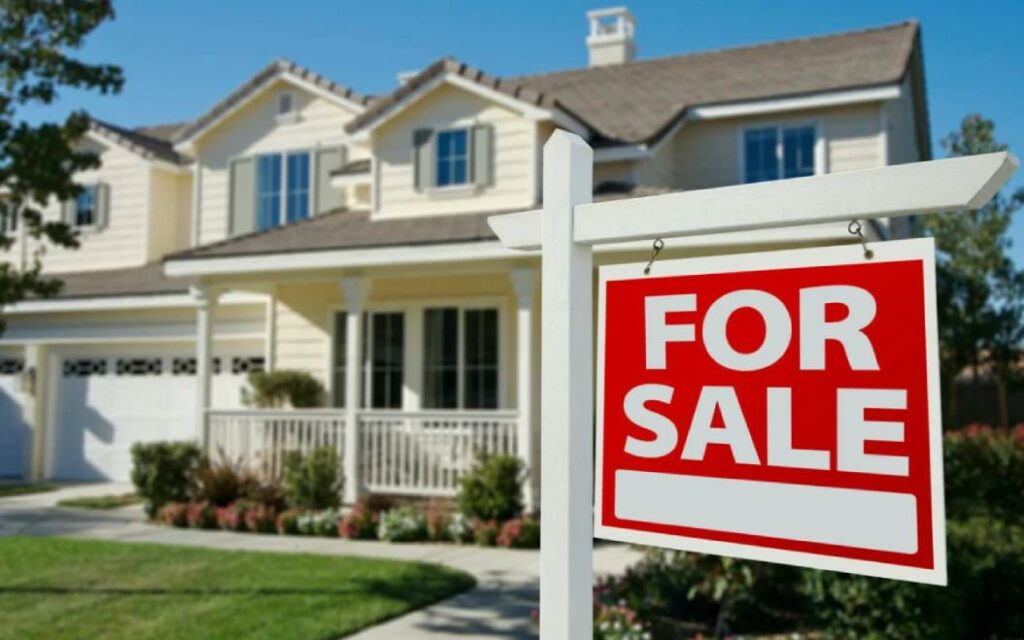
Though only very slightly, prices increased for a fifth consecutive month in July.
After tumbling down for the better part of 2022 into early 2023, and then surging in the spring and remaining steady for the past few months, housing prices in Niagara effectively flatlined in July.
According to the latest statistics from the Niagara Association of Realtors (NAR), the region’s Home Price Index (HPI) benchmark price increased a marginal $500 from $667,100 in June to $667,600 in July.
Calculated using a sophisticated statistical model that considers a home’s quantitative and qualitative features, HPI provides a more stable price indicator than average prices, as it tracks changes to mid-range, ‘typical’ homes and excludes extreme high-end and low-end properties.
The HPI composite benchmark property for Niagara is currently a three-bed, two-bath 1,259 square foot single detached home between 51 to 99 years old.
Despite some headwinds, according to NAR president Amy Layton, “The Niagara real estate market is in good shape and holding steady.”
“(The) trend continues for July 2023 of a very slight increase in HPI Composite Bench price, and this with an interest rate increase that month. There were also more sales and listings in July 2023 compared to July 2022,” Layton explained in a press release last Thursday.
“Looking at the sales and listings month over month, there were a few less sales and listings in July 2023 than in June 2023, but not by a high margin. This is typical to see as July is the first full month of summer vacation.”
In all, 552 residential units exchanged hands last month, down from 609 in June, but up significantly from 369 in July 2022.
On a month-over-month basis, the average days a property spent on the market increased slightly from 30 to 32, while the number of new listings fell from 1,403 to 1,280.
In terms of prices, things were inconsistent across the board: with some municipalities seeing notable increases, and others experiencing moderate decreases.
Between June and July, the HPI went up in Lincoln, Niagara-on-the-Lake, St. Catharines, Thorold, and West Lincoln.
Lincoln saw the largest monthly increase, as the HPI rose 2.2 per cent from $801,200 to $819,100.
Niagara-on-the-Lake, West Lincoln, and Thorold also saw decent price jumps of 1.94, 1.85, and 1.72 per cent, respectively.
While St. Catharines registered a 0.7 per cent hike.
On the other end of the spectrum, monthly prices were virtually unaffected in Welland and Niagara Falls, but Fort Erie, Pelham, and Port Colborne/Wainfleet all saw a moderate depression in pricing.
Prices fell the most in Port Colborne/Wainfleet: 2.5 per cent. It was followed closely by Fort Erie at 1.96 per cent, and then Pelham at 1.0 per cent.
Of note, despite experiencing the largest price decrease between June and July, Port Colborne/Wainfleet was the most improved area in terms of average days on the market, going from 46 days in June all the way down to 25 days in July (well below the regional average).
The NAR service area excludes Grimsby and certain parts of West Lincoln, which are included in statistics provided by the Realtors Association of Hamilton-Burlington.






